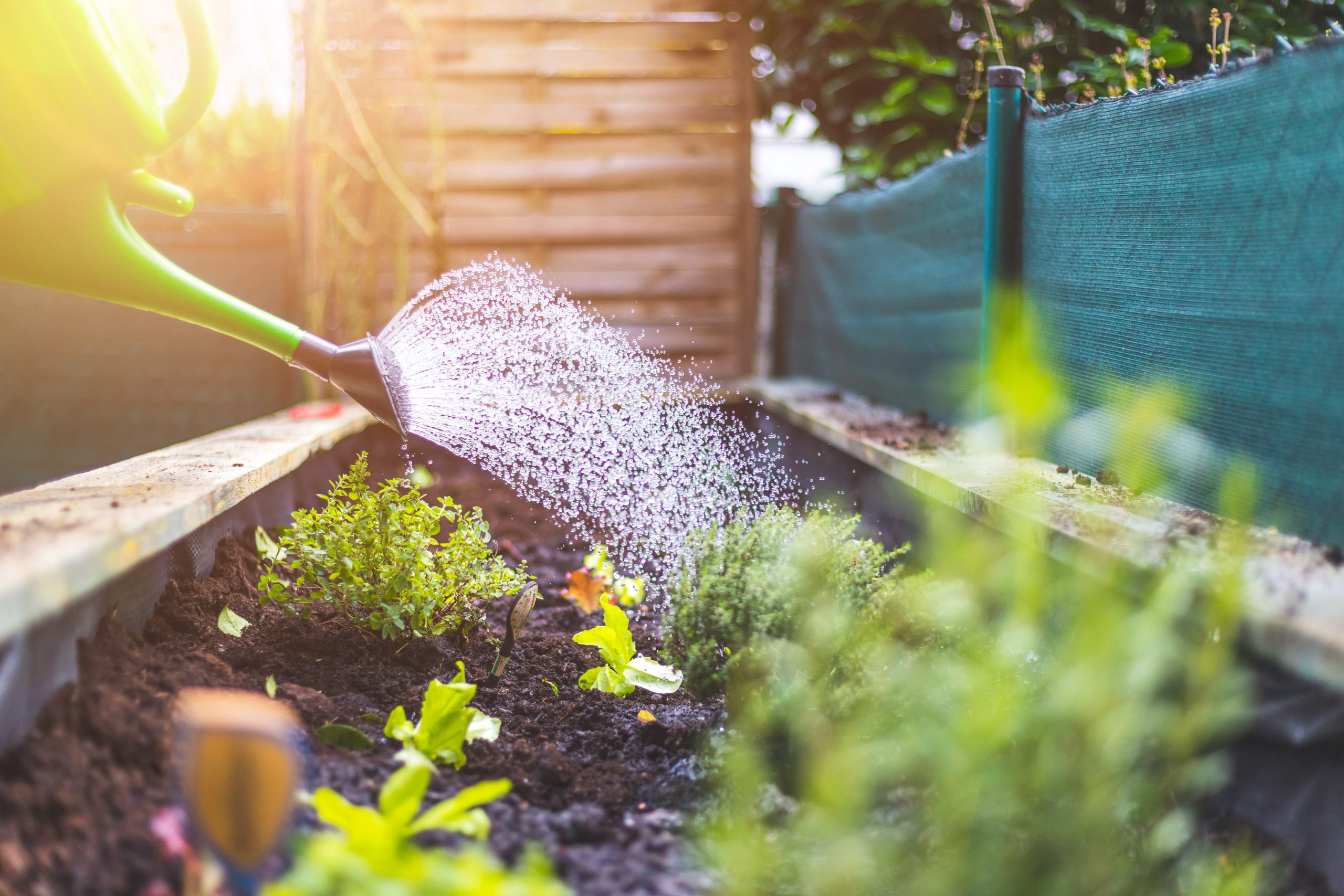
With the chilly weather fast approaching, it’s the perfect time to start planning winter crops in your back garden.
And if you’ve never thought of popping a few veggie seeds into pots or creating a vegetable patch, this may be the ideal moment.
The brisk conditions we’ve been experiencing are perfect for so-called cold-season crops, such as cauliflower and broccoli.
And when you see the supermarket prices, growing your vegetables isn’t such a crazy notion.
An attractive garden can also ignite a buyer’s imagination with a veggie patch quickly winning hearts and minds.
First steps
Dig in plenty of organic matter, such as compost and aged manure, to give your soil a big boost. The veggies will thrive in it.
Make a plan
You can’t just scatter the seeds anywhere. You need to understand the soil conditions and sun exposure that will help each vegetable type thrive. So, a little research won’t go astray.
Parsley
More than just a garnish, this herb is so easy to grow in pots and really adds to your cooking. It gives stews and soups another dimension.
Kale
This super-food isn’t everyone’s favourite, but it’s easy to grow and nutritious. It improves its taste in frosty conditions, grows quickly and you can begin harvesting eight weeks after planting.
Carrots
You’ll be able to pull these from the ground around three months after planting. Carrots do best in loose soil. When the soil is hard or has hard clumps, carrots will fork. This veggie demands full sun and well-drained soil.
Broccoli
Packed with nutrients, it also likes a full winter sun and well-drained soil. Once the tiny heads have popped out of the soil, feed it with fertiliser once every two weeks. Broccoli takes around three months to mature.
Cabbage
Another full-sun veggie, it loves the cold weather but hates wind. Cabbage needs good quality soil that drains quickly. Watch out for caterpillars.
Silverbeet
A shade lover, silverbeet does well when sparingly exposed to the full sun. It can grow to about 80cm and will demand a lot from your soil. It thrives on a slightly acidic soil of between pH 6-7. You shouldn’t harvest them earlier than 10 weeks, but it’ll be worth the wait.
